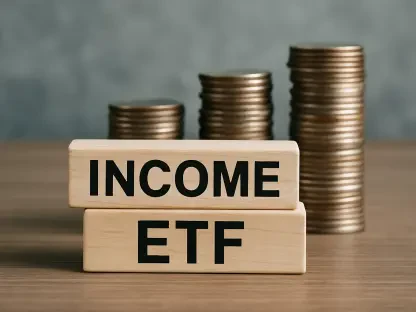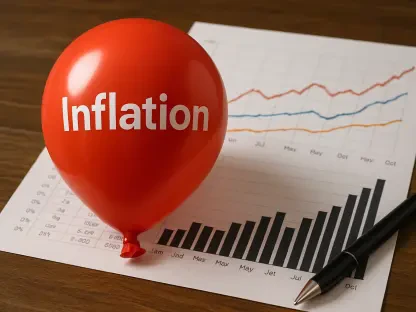A Shift in Economic Expectations
Recent data and expert analysis suggest that the United States may be on the cusp of achieving a much-desired soft landing for its economy in 2023. The concept of a “soft landing” refers to the Federal Reserve’s ability to slow down economic growth and tame inflation without triggering a recession. According to the latest CNBC Fed Survey, forecasters have expressed increased confidence in this outcome, with the average probability of a soft landing now hitting 52%. This figure demonstrates a significant jump from the 47% recorded in January, signaling a more optimistic view among economists and market experts.The survey’s findings also indicate that fears of an impending recession have abated somewhat, with the probability of a recession within the next 12 months falling to 32%. This is the lowest rate observed since February of the previous year. The adjustment in expectations can be attributed to the resilience of the labor market, manageable inflation rates, and robust consumer spending, all of which provide support for continued economic growth, albeit at a more moderate pace. This better-than-expected economic performance is steering analysts toward the belief that a soft landing is not only possible but also likely.
Monetary Policy and Interest Rate Expectations
Rising optimism suggests a recession could be sidestepped, and experts anticipate a more prudent Federal Reserve monetary policy. The CNBC survey points to fewer expected rate hikes ahead, signaling belief in a less dire need for monetary stimulus. The upcoming Fed meeting is likely to maintain rates at 5.25% to 5.5%. Haverford Trust’s John Donaldson articulates this shift, noting the economy’s resilience with modestly higher rates. This endurance indicates that higher borrowing costs may not drastically harm businesses and consumers. This adjustment in interest rate forecasts represents the Fed’s delicate task of curbing inflation while fostering growth. It mirrors a cautious optimism among economists about the economy’s ability to withstand the current challenges without the necessity for deeply reduced rates. This consensus suggests a stabilizing economic narrative and a strategic, measured approach from the Federal Reserve.









